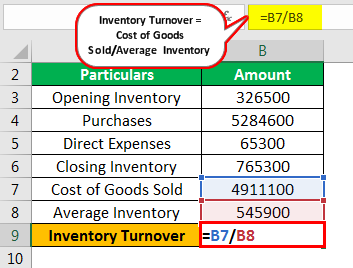
Turnover intention is the antecedent variable of turnover, which can predict actual turnover rates. One survey showed that the proportion of nurses with clear turnover intention ranged from 20.2 to 56.1%, and this is highest compared to some other professions, showing that the body of nurses is unstable and constantly in a state of change. Some studies estimate that 30.5% doctors in South Korea reported intend to leave their jobs, and about 30% to 40% of teachers leave the profession within their first five years. Turnover intention refers to the process whereby employees deliberate over withdrawal from the current job and consider for other jobs within a certain period. Intervention measures to reduce the incidence of turnover intention of nurses should include the evaluations of work demands and emotional exhaustion of nurses and organization’s management strategies to promote their psychological empowerment and job satisfaction. (3) through the chain mediating effect of “job satisfaction → emotional exhaustion” (B = -0.12, SE = .02, 95% CI = ). Psychological empowerment had a significantly effect on turnover intention through three significantly indirect pathways: (1) through job satisfaction (B = -0.14, SE = .03, 95% CI = ). Descriptive analysis, Pearson’s correlation analysis in SPSS 23.0 and structural equation modeling (SEM) by Mplus 7.4 Results A total of 507 nurses completed scales of psychological empowerment, job satisfaction, emotional exhaustion and turnover intention anonymously. MethodsĪ cross-sectional design was conducted in China. To investigate the mediating role of job satisfaction and emotional exhaustion on the association between psychological empowerment and turnover intention among Chinese nurses during the COVID-19 pandemic. However, little is known about the driving force behind turnover intention among nurses in China during the COVID-19 pandemic. Dashboards can be critical in this regard.Turnover intention occurs frequently in nurses and psychological empowerment has been shown to be major factors that influence turnover intention. Once you have established benchmarks and targets for Inventory Turnover, you’ll want to establish processes for monitoring this and other supply chain KPIs. Monitoring Supply Chain KPIs on a Dashboard A high inventory turn rate compared to industry norms.Cash-to-Cash Cycle Time: The time between when a business pays its suppliers and when the business receives payment from its customers.Use the following equation: 365 ÷ inventory turn Average days to turn inventory: The number of days it takes to sell all on-hand inventory.Turns: The number of times a year all inventory is sold.You can calculate this by adding the inventory value at the beginning and end of the period, then dividing by 2. Average Inventory is the average value of the inventory during the same period.



The formula for calculating inventory turnover is: For instance, a fresh produce supplier will have many more turns than a textile/clothing supplier. Generally speaking, a higher turnover rate is better, while a lower turnover rate suggests inefficiency and difficulty turning stock into revenue.Įach type of industry will have different benchmarks and norms. Inventory Turnover is a financial metric that measures the efficiency of your supply chain, the quality and demand of the inventory you carry, and if you have good buying practices.


 0 kommentar(er)
0 kommentar(er)
